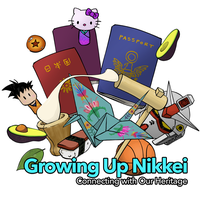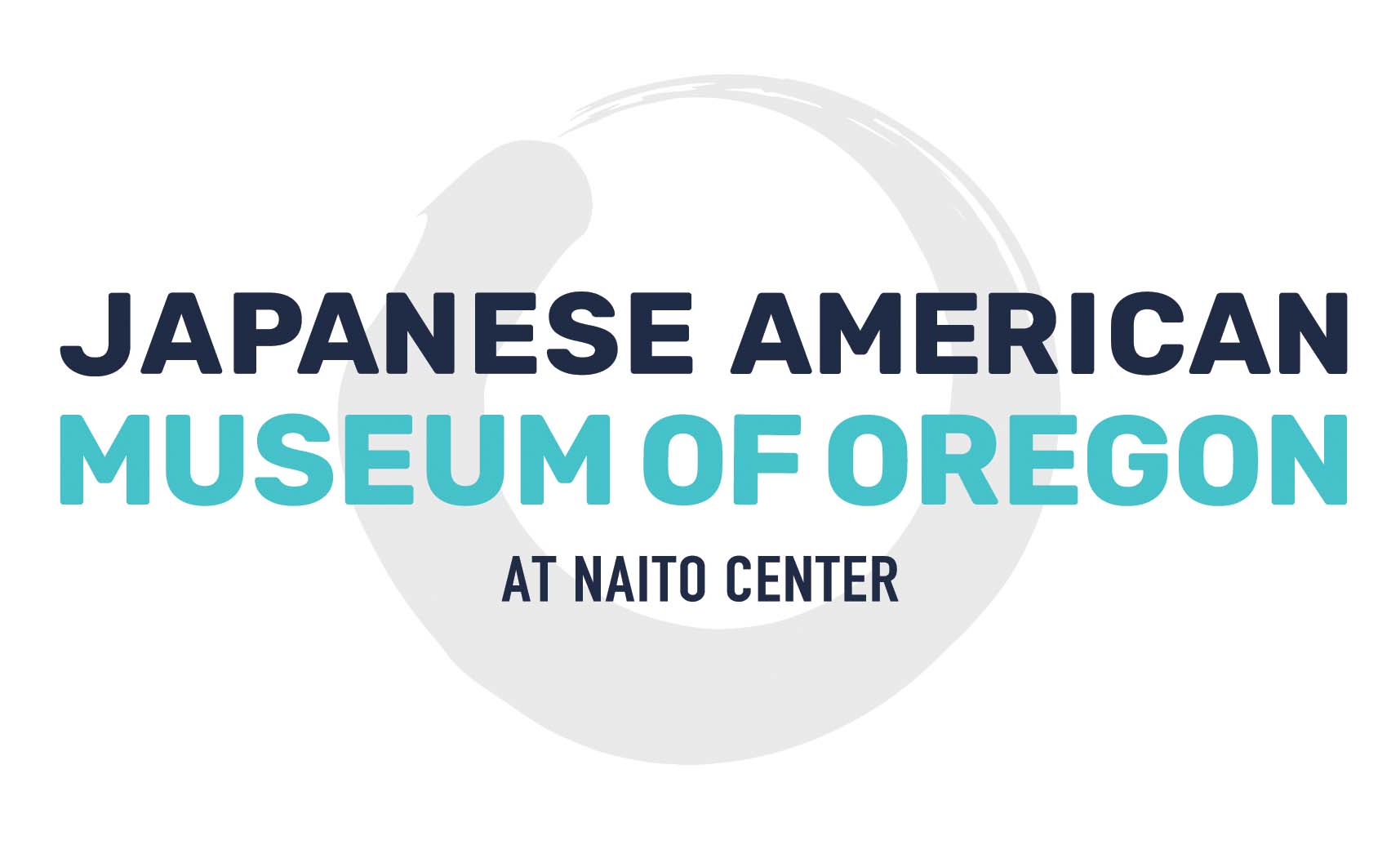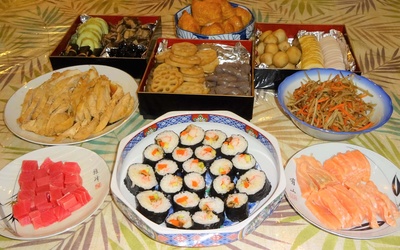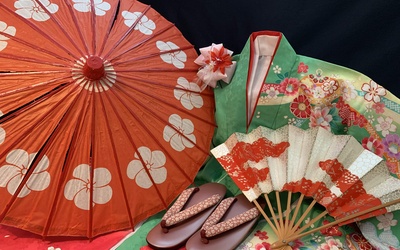Nikkei Chronicles #12—Growing Up Nikkei: Connecting with Our Heritage

Our theme for the 12th edition of Nikkei Chronicles—Growing Up Nikkei: Connecting with Our Heritage—asked participants to reflect upon several questions, such as: What kind of Nikkei community events did you attend? What kinds of childhood stories do you have about Nikkei food? How did you learn Japanese as a child?
Discover Nikkei accepted submissions from June to October 2023 and voting for favorite stories closed on November 30, 2023. We received 14 stories (7 English; 3 Spanish; 5 Portuguese; 0 Japanese) from Brazil, Peru, and the United States, with one submitted in multiple languages.
Thank you very much to everyone who submitted their Growing Up Nikkei stories!
We asked our editorial committee to select their favorite stories. Our Nima-kai community also voted for the stories they enjoyed. Here are their selections!
(*Translations of the selected stories are currently in progress.)
Editorial Committee’s Favorites
- ENGLISH:
An Albuquerque Childhood
By Edna Horiuchi - SPANISH:
Jinsei no aki (Autumn of Life)
By Roberto Oshiro Teruya - PORTUGUESE:
Arigatai!!!
By Edna Hiromi Ogihara Cardoso
Nima-kai Favorite:
- 18 Stars
Embracing Imperfection: A Journey of Self-Exploration in Japan
By Lauren Rise Masuda
To learn more about this writing project >>
*This series is presented in partnership with:



Check out these other Nikkei Chronicles series >>
*Logo design by Jay Horinouchi
Stories from this series

Tea ceremony: When everyday life becomes art
Nov. 1, 2023 • Graciela Nakachi Morimoto
Every time I look at Japan, something always surprises me, from the aesthetic shape of its geographic map, almost in the shape of a dragon, to the soft falls of snow on the slopes of Mount Fuji, contrasting with those beautiful tones of its skies and mountains. landscapes that occur with the changes of season. This time I was fascinated to realize that tea drinking has become an art. The tea ceremony as an art is not recent. It came …

Between Two Kanji
Oct. 25, 2023 • Liana Nakamura
“Nikkei” means Japanese descendants born outside Japan. Once I taught a Japanese student at an International School and she told me I was different from her, I was a “Nikkei-jin,” a “person from the country of the Nikkei.” Indeed, growing up Nikkei means existing between two very different worlds. Within two kanjis. Going back and forth between Brazil and Japan, Japan and Brazil. In Brazil, to be Nikkei is to be Japanese-Brazilian. Japanese and Brazilian at the same time. How …

Embracing Imperfection: A Journey of Self-Exploration in Japan
Oct. 24, 2023 • Lauren Rise Masuda
In the early spring of 2023, I arrived in Tokyo, Japan along with my mom and two older sisters. It had been three years since our last visit, due to the Covid-19 restrictions, and I had felt excited to explore the city. Every time I got a chance to visit Japan, I would admire the varying architecture and all of the stores that didn’t exist back in California. I loved Japan, truly. From the street food to the hidden alleyways …

Shared Memories
Oct. 12, 2023 • Mary Sunada
I can hear the words that Mom would repeat again before she drifted into her moments of Alzheimer. She would tell me to remember and never forget the memories that we shared together. Some of her memories of the past were tragic and sad. Others were happy and hopeful. These memories were told in stories, shown in photos or kept as documents to remember. My life started on New Years Day of 1948 in Asakusa, Japan. Mom, Yaeko Niikura, was …

Rice, Race, and Growing up Hafu
Aug. 23, 2023 • Amelia Ino
“I thought they said there would be rice,” my brother whispered to me, eyeing the bowls on the table. I pointed to a bowl full of colorful Mexican-style rice and replied, “I think that’s the rice.” He shot me a disgusted look, and I reminded him that we had to eat everything they gave us with no complaining. Though he’s two years older than me, my brother was never as good at hiding what he was thinking as I was. …

To Be Nikkei
Aug. 11, 2023 • Kayla Kamei
My obaachan was only seven years old when the United States dropped the atomic bomb on Hiroshima. The year was 1945, and my obaachan had moved approximately 8 miles out of the heart of Hiroshima city due to the escalation of the war. That day, on August 6, she was scheduled to return to the city to attend a Buddhist ceremony for her aunt, who had passed away a year earlier. However, because her mother was bedridden by a sudden …















